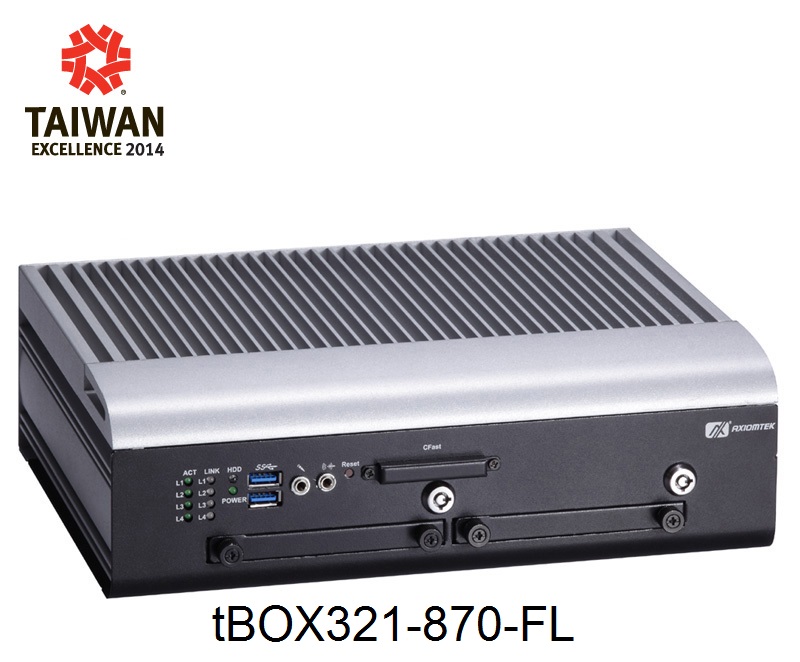| Having problem reading this article? Please click here | |||||||||
|
|||||||||
|
Surveillance In The Dark
Imagine yourself on a train, in a bus or at a transportation hub, commuting to work, when the lights go out. You know something is wrong as passengers start to panic, but your mode of transportation has little or no resources to inform or to ensure the safety of passengers. Even worse, the vehicle’s security command center has no idea who or what has caused the problems due to a lack of visibility within the vehicle’s standard network surveillance system. Now imagine that the same vehicle is fitted with the latest thermal imaging cameras, transportation embedded computer controller and network video management software (VMS). With pan-tilt-zoom (PTZ) and thermal imaging cameras in place, security personnel monitoring the train, bus or a commuting hub can track security threats when the lights are off. Instead of waiting around in the dark, patrol guards or police officers can be notified automatically, through the surveillance system, of the incident’s location in order to quickly assist passengers. In a nutshell, thermal imaging cameras work by detecting heat that radiates from objects and body heat from people. The cameras present surveillance footage that may not be used to identify a person, but instead allow the security personnel to understand what is happening in challenging lighting conditions in order to respond appropriately and immediately. Thermal cameras are commonly used alongside the traditional PTZ network of cameras to enhance the overall IP surveillance system’s effectiveness. With a comprehensive VMS in place, these cameras can be programmed in many ways to support various applications or usages. Thermal cameras can be used to locate heat-based dangers like fire, people hiding behind objects, freshly left footprints or even the resounding heat signature left after a gun is fired. With this technology, finding a threat or solving crimes can be done without delay and emergency situation response time can be drastically reduced and more lives can be saved. Network surveillance systems equipped with these cameras can be programmed to turn lights on in areas where motions are detected, zoom in on specific areas and automatically notify patrol guards. The system can also be programmed to send live video footage to the control room or to multiple locations simultaneously. Video footage can be viewed in multiple viewing windows and recordings can be transferred to cloud storage or to the control center’s servers. Many leading video management software programs on the market should offer these capabilities among its standard or customized features.
These transportation embedded systems must offer reliable 24/7 operations to provide peace of mind to the operation managers. The only other important steps left to consider include ensuring that there are operational and emergency response procedures in place and that system functionalities are being utilized to their maximum capabilities. To learn more about Axiomtek’s transportation solutions, visit us here. |
|||||||||
 |
|||||||||
|
|||||||||
| Copyright 2020 Axiomtek Co., Ltd. All Rights Reserved | |||||||||




 Advancements in computer technology allows for constant improvement of many valuable features and functionalities designed to serve the increasingly complex requirements of today’s effective network surveillance systems. Especially for onboard rolling stock use, the surveillance controller must have the required certifications and meet all the safety standards in place. Some features that are designed specifically to meet the demands of challenging onboard situations include: anti-vibration, wide-operating temperature range, M12 connectors, lockable SATA hard drives and wireless/4G/3G communications capabilities.
Advancements in computer technology allows for constant improvement of many valuable features and functionalities designed to serve the increasingly complex requirements of today’s effective network surveillance systems. Especially for onboard rolling stock use, the surveillance controller must have the required certifications and meet all the safety standards in place. Some features that are designed specifically to meet the demands of challenging onboard situations include: anti-vibration, wide-operating temperature range, M12 connectors, lockable SATA hard drives and wireless/4G/3G communications capabilities.